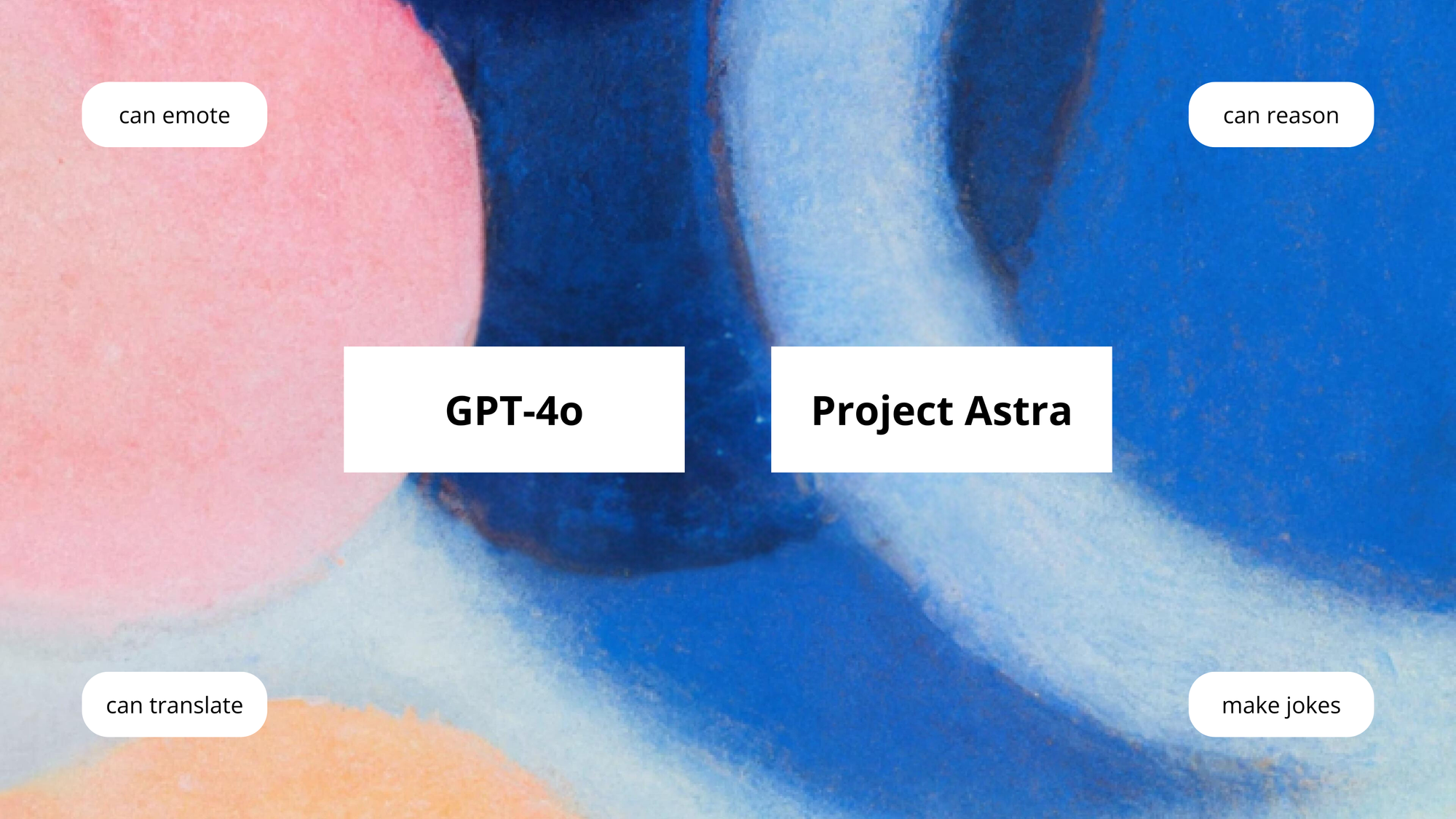The Hidden Cost of AI Convenience

What they've forgot to tell you is that these tools will capture big data to train Facial emotion recognition and sentiment analysis as well as training video data to train video creation LLMs such as Sora and Veo.
Google and OpenAI are both debuting AI Assistants that can emote, reason, make jokes, translate, and even remember where you left your essentials. While these capabilities are undeniably impressive, it's crucial to consider the data that powers them.
As we interact with these AI assistants, our facial expressions, emotional responses, and everyday conversations become valuable training data for the next generation of AI models. Facial emotion recognition and sentiment analysis algorithms will learn from our reactions, while our interactions provide the raw material for large language models to generate increasingly human-like responses.
Moreover, the video data we share with these assistants will likely be used to train video creation LLMs like Sora and Veo, enabling them to generate stunningly realistic video content.
While the convenience and capabilities of these AI assistants are exciting, we must remain aware of the trade-offs. Our most intimate data - our faces, emotions, and daily lives - are becoming the fuel for AI's rapid advancement. As consumers, it's essential to consider the privacy implications and to demand transparency from the companies developing these technologies.
As we embrace the AI revolution, let's not forget to ask critical questions about data collection, usage, and consent. The price of convenience may be higher than we realize.